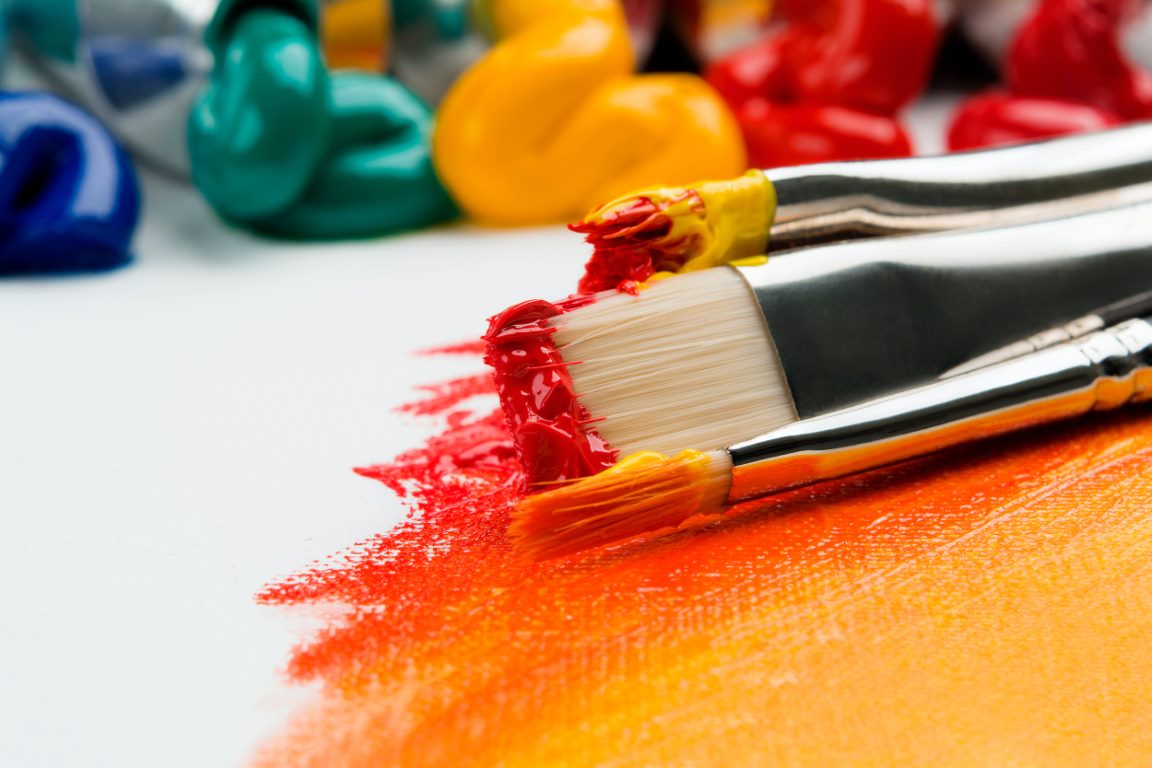How to Plan Your National Museum of American History Small Group Tour
If you’re planning a visit to the United States, Washington DC is a must-see destination. One of the top places to visit in DC is the National Museum of American History, which boasts a unique collection of items that help you understand the country’s history. This blog post will guide you through how to plan your National Museum of American History small group tour.Experience
The National Museum of American History traces the rise of the United States from a ragtag group of colonists to one of the world’s superpowers. You can expect to see a mix of historical, scientific, cultural, social, technological, and political information, background stories, and surprising details. Your local English speaking guide, an expert on the museum, will lead you on this informative, interactive, and engaging tour.Highlights
The National Museum of American History houses various artifacts that tell the story of the United States. You’ll have the opportunity to see some of the most significant items in American history, such as:The Original Star-Spangled Banner
The actual flag that inspired the country’s national anthem is one of the most prized possessions in the National Museum of American History. You’ll be able to see this remarkable symbol of American independence up close.George Washington’s Sword
George Washington, the first US president, played a critical role in the country’s early years. You’ll have the chance to see his sword, which he wore during the US Revolutionary War.Dorothy’s Ruby Red Slippers from “The Wizard of Oz”
If you love classic movies, you won’t want to miss a look at the iconic ruby red slippers worn by Dorothy (played by Judy Garland) in “The Wizard of Oz.”Gowns Worn by “First Ladies” Over the Years
The National Museum of American History also houses various silk and satin gowns worn by First Ladies throughout the years, including Michelle Obama’s.Greensboro Lunch Counter – A Touch Point of the Civil Rights Movement
The Greensboro Lunch Counter is a powerful symbol of the Civil Rights Movement. The National Museum of American History acquired the actual site of this peaceful protest where four students demanded service at a whites-only lunch counter in Greensboro, North Carolina.Choose Between Small Group or Private Tour Options
The National Museum of American History offers both small-group and private tour options. If you prefer a more personal touch, then private tours will be the right choice. However, if you want to share this museum’s experience with new people, then small group tours are perfect for you.Full Description
The tour begins with an introduction to the museum and a glimpse into the structure of the building’s exhibits. Expect to learn about America’s most significant moments, including the Civil War, the country’s foundation, and its fast-paced modern world. Your expert guide will continually provide information about US history and highlight the cultural, political, and societal trends and how they impacted American society. Most of the exhibitions are interactive, informative, and hands-on, letting you immerse yourself in American history.Booking the Tour
After reading about the National Museum of American History small group tour, you might want to experience it yourself. You can book the tour here. Make sure to book in advance to ensure availability for your travel dates. You’ll need to provide your name, contact details, and payment information. You’ll also receive an email confirmation with the tour’s details and a QR code that you need to show to your guide on the day of the trip.Book Your Tour Now
The National Museum of American History offers a fantastic opportunity to learn about the United States and its rich history. Choosing a small group tour with an expert guide will ensure you have the best possible experience. If you’re planning a trip to Washington DC, don’t miss the National Museum of American History on your itinerary. Book your tour today and discover America’s fascinating history.
FAQ: National Museum of American History
If you are planning a trip to the National Museum of American History, you likely have some questions about what to expect. Below, we have compiled a list of frequently asked questions to help you prepare for your visit.1. What are the hours of operation?
The museum is typically open every day of the year except for December 25th. During the summer months (May-September), it is open from 10am-7:30pm. During the rest of the year, it is open from 10am-5:30pm. However, it is always a good idea to check the website or call ahead to confirm the hours of operation.2. How much does admission cost?
Admission to the museum is free. However, timed entry passes are required for some exhibitions, and can be obtained online in advance or on-site the day of your visit.3. Is the museum accessible?
Yes, the museum is fully accessible to visitors with disabilities. Wheelchairs are available on a first come, first served basis, and sign language interpretation is available upon request. Audio and guided tours are available as well.4. Can I take photographs inside the museum?
Photography is permitted in most areas of the museum, but it is not allowed in certain temporary exhibitions. Flash photography is prohibited throughout the museum.5. Are food and drinks allowed inside the museum?
Food and drink are not allowed in the museum galleries, but there is a cafeteria on the lower level of the museum where visitors can purchase food and beverages.6. How long should I plan to spend at the museum?
You could easily spend an entire day exploring the museum’s collections and exhibitions, but it is possible to see the highlights in a few hours. It really depends on your level of interest in American history.7. Are there guided tours available?
Yes, there are guided tours available at the museum. The tours are led by experienced docents, and cover a variety of topics, including the history of the Star-Spangled Banner, the first ladies of the White House, and the museum’s transportation collections.8. Is there a gift shop at the museum?
Yes, there is a gift shop located on the first floor of the museum. The shop carries a wide selection of souvenirs, books, and other merchandise related to American history.9. Is there a dress code for the museum?
There is no formal dress code for the museum, but most visitors dress in comfortable, casual clothing. Keep in mind that some exhibits are dimly lit and may be chilly, so it is a good idea to bring a light jacket.10. Can I bring my child to the museum?
Yes, the museum is a great place to bring children of all ages. There are educational programs and interactive exhibits designed specifically for kids, and strollers are allowed in the museum galleries. In conclusion, the National Museum of American History is a must-visit destination for anyone interested in American history. Whether you are a first-time visitor or a frequent patron, we hope that the answers to these frequently asked questions have made your visit a little bit easier to plan.
How to Spend Your Time as a Tourist in National Museum of American History
If you’re visiting Washington, D.C., one of the most popular attractions to see is the National Museum of American History. With centuries of American history on display, the museum offers a wealth of information and exhibits that can take up an entire day or more. To make the most of your visit, follow these steps:Step 1: Plan Ahead
Before you arrive, check the museum’s website to see what exhibits are currently on display and any events or activities that might interest you. Plan your day accordingly, making sure to give yourself enough time to see everything.Step 2: Start on the Ground Floor
As you enter the museum, start on the ground floor where you’ll find a variety of exhibits that cover American history from its early days to the present. Some highlights include:- The Star-Spangled Banner: This exhibit displays the actual flag that inspired Francis Scott Key to write “The Star-Spangled Banner” during the War of 1812.
- The First Ladies: Learn about the role of the First Lady and see some of the gowns worn by the women who have held the position throughout history.
- America on the Move: An exhibit that takes you through the history of transportation in America, from the horse and carriage to the age of the automobile.
- The Price of Freedom: A powerful exhibit that explores the cost of freedom in America, featuring artifacts from wars throughout the country’s history.
Step 3: Head Upstairs
After exploring the ground floor, make your way upstairs to see even more exhibits. Some highlights include:- The American Presidency: Learn about the presidents of the United States and see artifacts related to their time in office, including the actual desk and chair where Abraham Lincoln wrote the Emancipation Proclamation.
- The American West: An exhibit that explores the history and culture of the American West, featuring artifacts such as cowboy gear and Native American objects.
- Food: Transforming the American Table: A newer exhibit that examines America’s food culture and its impact on society, featuring displays on immigration, cooking, and dining habits.
Step 4: Visit the Special Exhibits
In addition to the permanent exhibits, the museum often has temporary exhibits that are well worth a visit. Check the website before your trip to see what’s on display during your visit. Some past examples include:- The First Ladies Redesign: A special exhibit that explores the role of the First Lady and how their fashion choices have influenced American culture.
- Jazz Through the Smithsonian Lens: A look at the history of jazz music and its impact on American culture, featuring artifacts and recordings from famous jazz musicians.
- Bon Appetit: Julia Child’s Kitchen at the Smithsonian: A chance to see the fully restored kitchen of Julia Child, featuring her actual kitchen tools, appliances, and even a collection of her cookbooks.
Step 5: Don’t Miss These Other Attractions
In addition to the exhibits, the museum also has a number of other attractions that are worth your time. These include:- The Star-Spangled Banner Flag House: Located in the outdoor courtyard of the museum, this exhibit tells the story of the War of 1812 and the flag that inspired the national anthem.
- The National Museum of American History Garden: A peaceful oasis in the middle of the National Mall, featuring a variety of plants and educational exhibits about sustainable gardening and agriculture.
- The David M. Rubenstein History Center: A research library that’s open to the public, offering a wealth of resources for those interested in studying American history.
Step 6: Take Your Time
With so much to see and do, it’s easy to feel overwhelmed at the National Museum of American History. Don’t try to see everything in one visit. Instead, take your time and focus on the exhibits and attractions that interest you the most.Book Your Tour Now:
The National Museum of American History is an incredible place to visit and learn about the history and culture of the United States. By following these steps, you can make the most of your time and see everything that interests you. Don’t forget to plan ahead, take your time, and enjoy the experience!Table of Contents

